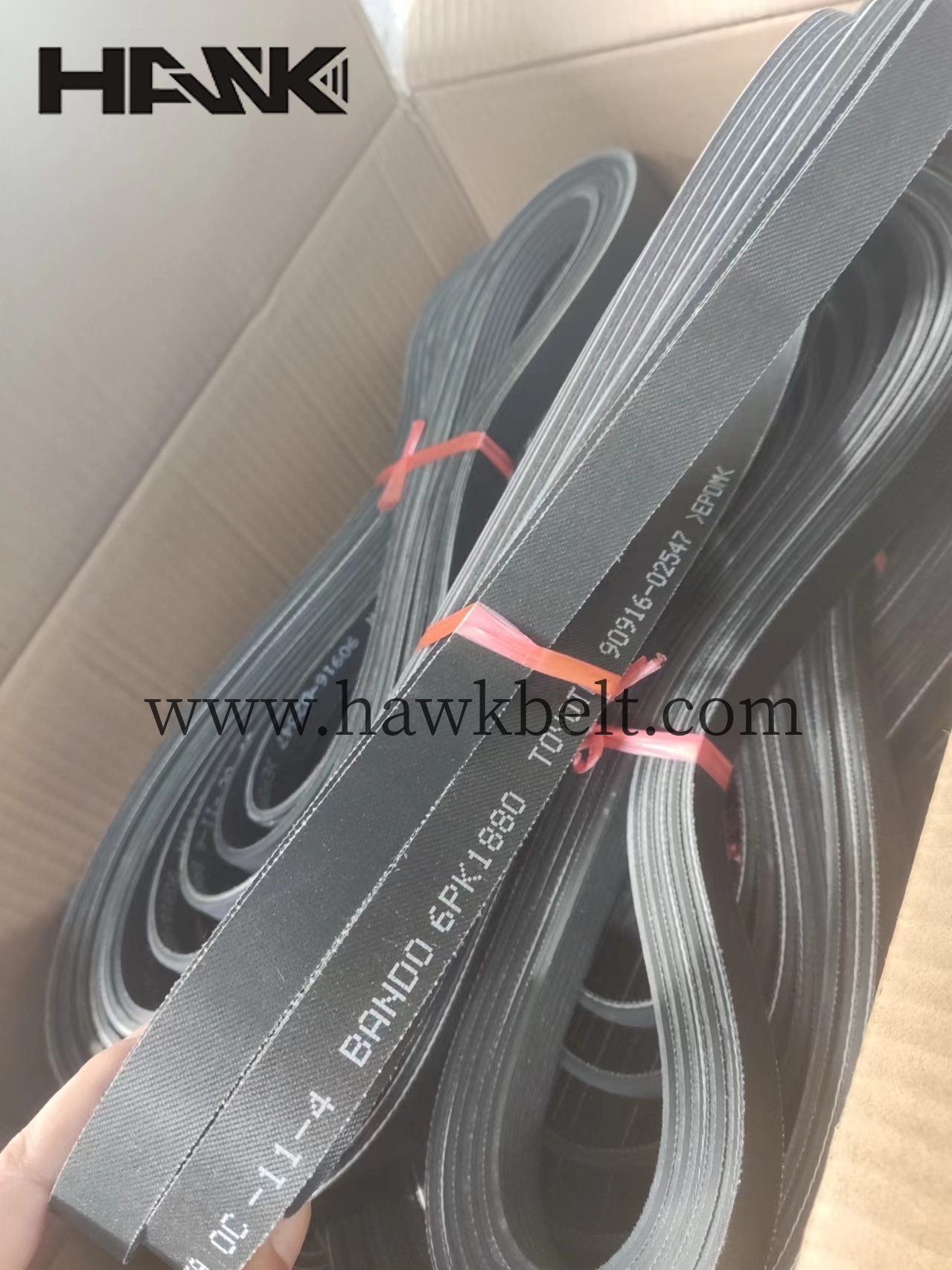- Arabic
- French
- Russian
- Spanish
- Portuguese
- Turkish
- Armenian
- English
- Albanian
- Amharic
- Azerbaijani
- Basque
- Belarusian
- Bengali
- Bosnian
- Bulgarian
- Catalan
- Cebuano
- Corsican
- Croatian
- Czech
- Danish
- Dutch
- Afrikaans
- Esperanto
- Estonian
- Finnish
- Frisian
- Galician
- Georgian
- German
- Greek
- Gujarati
- Haitian Creole
- hausa
- hawaiian
- Hebrew
- Hindi
- Miao
- Hungarian
- Icelandic
- igbo
- Indonesian
- irish
- Italian
- Japanese
- Javanese
- Kannada
- kazakh
- Khmer
- Rwandese
- Korean
- Kurdish
- Kyrgyz
- Lao
- Latin
- Latvian
- Lithuanian
- Luxembourgish
- Macedonian
- Malgashi
- Malay
- Malayalam
- Maltese
- Maori
- Marathi
- Mongolian
- Myanmar
- Nepali
- Norwegian
- Norwegian
- Occitan
- Pashto
- Persian
- Polish
- Punjabi
- Romanian
- Samoan
- Scottish Gaelic
- Serbian
- Sesotho
- Shona
- Sindhi
- Sinhala
- Slovak
- Slovenian
- Somali
- Sundanese
- Swahili
- Swedish
- Tagalog
- Tajik
- Tamil
- Tatar
- Telugu
- Thai
- Turkmen
- Ukrainian
- Urdu
- Uighur
- Uzbek
- Vietnamese
- Welsh
- Bantu
- Yiddish
- Yoruba
- Zulu
Nov . 06, 2024 20:18 Back to list
Exploring the Benefits and Applications of Polyurethane Belting Solutions in Various Industries
Poly Belt The Future of Conveyor Systems
In the fast-paced world of manufacturing and logistics, the role of conveyor systems cannot be overstated. Among the components that make these systems efficient, poly belting has emerged as a crucial innovation, enhancing performance and durability. This article explores the significance of poly belting in various industries and its advantages over traditional materials.
Poly belting, made from materials such as polyurethane or PVC, offers a flexible and strong option for conveyors. Unlike traditional leather or rubber belts, poly belts can withstand a variety of operating conditions, including temperature fluctuations and exposure to chemicals. This versatility makes them an ideal choice for industries ranging from food processing to automotive assembly.
One of the standout features of poly belting is its durability. With a higher resistance to wear and tear, these belts can last much longer than their counterparts. This longevity not only reduces the frequency of replacements but also minimizes downtime—an essential factor in maintaining productivity in any operation. In environments where time is money, the reliability of poly belts can significantly benefit businesses.
Another benefit of poly belting is its adaptability
. Manufacturers can produce these belts in a variety of sizes, thicknesses, and configurations, making it easy to customize them for specific applications. This adaptability extends to various surface textures as well, where belts can be designed for increased grip or reduced friction, depending on the needs of the conveyed products.Poly belting is also known for its lightweight properties. Lighter belts require less energy to operate, which contributes to overall energy efficiency in conveyor systems. This eco-friendly aspect aligns with the growing trend towards sustainability in operations, as companies look to reduce their carbon footprints and energy consumption. By switching to poly belts, businesses can not only save on energy costs but also position themselves as environmentally responsible entities.
poly belting

In addition to the mechanical benefits, the hygiene factor cannot be overlooked, especially in industries such as food and pharmaceuticals. Polyurethane belts resist bacteria and mold growth, making them easier to clean and maintain. Such cleanliness standards are paramount in the food industry, where even minor contamination can lead to significant health risks and financial losses. Poly belting ensures that companies can meet stringent health regulations while maintaining operational efficiency.
Moreover, poly belting provides excellent resistance to static electricity and can often be made to be conductive. This feature is particularly important in industries dealing with sensitive electronic components. By preventing static buildup, businesses can protect their equipment and products, further enhancing operational safety.
With the continuous evolution of technology, the manufacturing process for poly belting has also seen advancements. Modern techniques allow for the integration of sensors and smart technology into poly belts, enabling real-time monitoring of the belt's performance. This capability facilitates predictive maintenance, allowing operators to address potential issues before they result in failures.
As industries strive for automation and efficiency, poly belting is positioned to play a critical role. From high-speed assembly lines to automated storage systems, the versatility and reliability of poly belts make them an integral part of the supply chain. Companies that leverage this technology will likely outperform competitors, ensuring faster turnaround times and improved customer satisfaction.
In conclusion, poly belting is more than just a component of conveyor systems; it is a game-changer in various industries. Its durability, adaptability, energy efficiency, and hygienic properties make it an ideal choice for businesses looking to optimize their operations. As the demand for high-performance solutions continues to grow, poly belting will undoubtedly play a pivotal role in the future of manufacturing and logistics. The transition from traditional materials to innovative poly belts is not just an upgrade; it is a commitment to excellence and sustainability in a rapidly evolving industrial landscape. Embracing this technology is not merely a choice, but a strategic move towards greater efficiency and productivity. Companies that recognize the value of poly belting today will reap the benefits for years to come.
-
Korean Auto Parts Timing Belt 24312-37500 For Hyundai/Kia
NewsMar.07,2025
-
7PK2300 90916-T2024 RIBBED BELT POLY V BELT PK BELT
NewsMar.07,2025
-
Chinese Auto Belt Factory 310-2M-22 For BMW/Mercedes-Benz
NewsMar.07,2025
-
Chinese Auto Belt Factory 310-2M-22 For BMW/Mercedes-Benz
NewsMar.07,2025
-
90916-02660 PK Belt 6PK1680 For Toyota
NewsMar.07,2025
-
drive belt serpentine belt
NewsMar.07,2025

